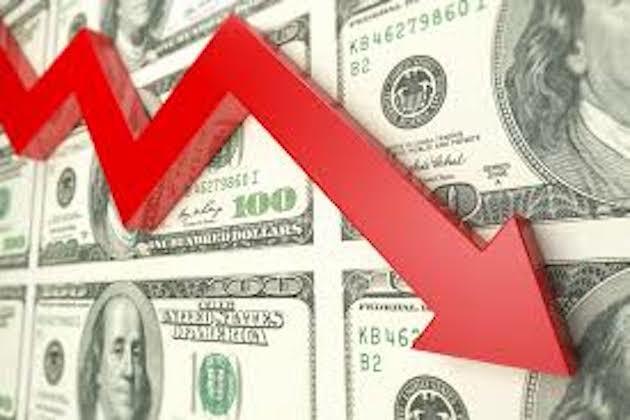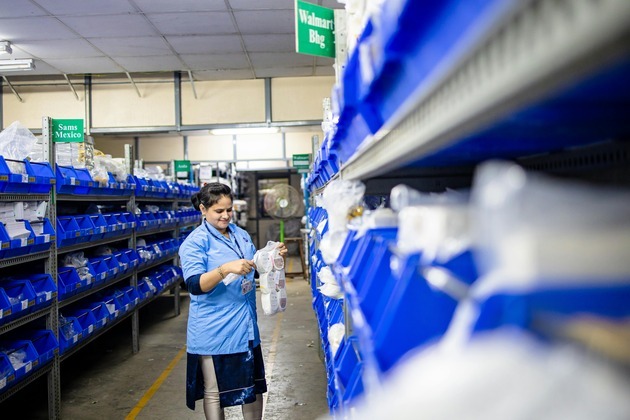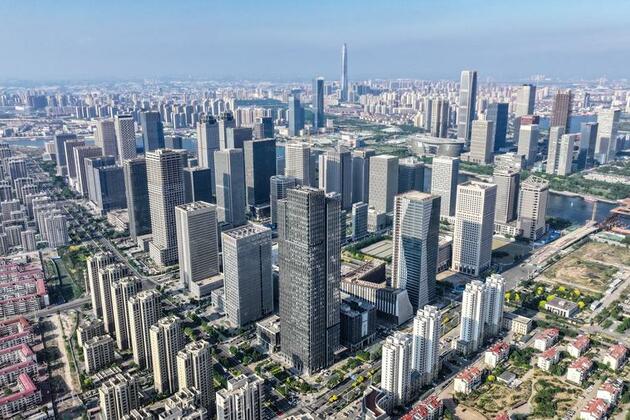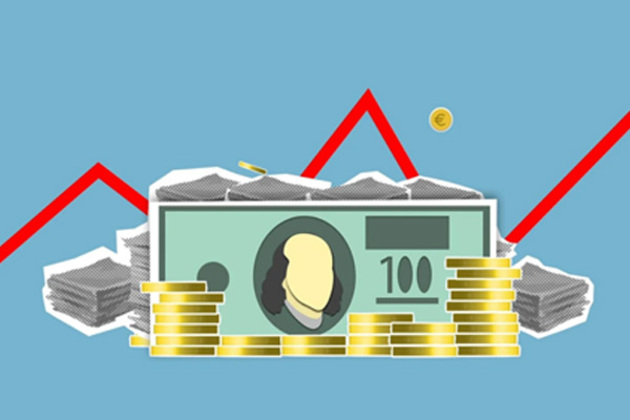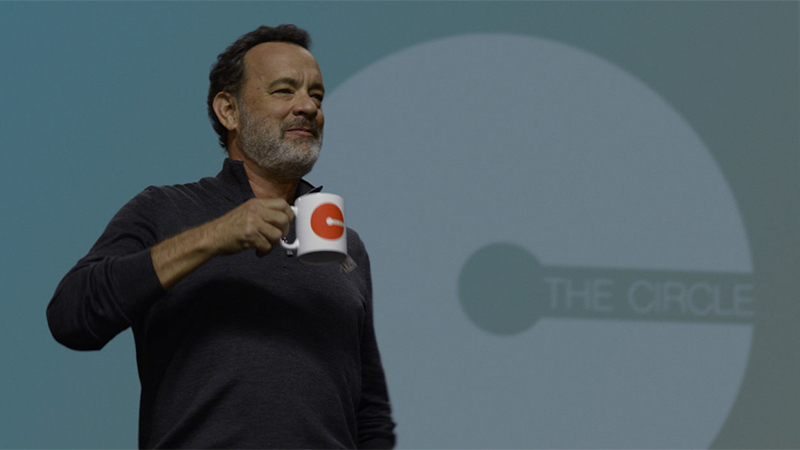Research reveals climate damage caused by growing space tourism requires immediate mitigation
ANI
25 Jun 2022, 21:25 GMT+10

London [England], 25 June (ANI): Researchers from UCL, the University of Cambridge, and Massachusetts Institute of Technology (MIT) constructed a 3D model in order to examine the effects of rocket launches and re-entry in 2019 as well as the effects of expected space tourism scenarios based on the current billionaire space race.
The findings of the research were published in the journal 'Earth's Future'.
The team found that black carbon (soot) particles emitted by rockets are almost 500 times more efficient at holding heat in the atmosphere than all other sources of soot combined (surface and aircraft) - resulting in an enhanced climate effect.
Furthermore, while the study revealed that the current loss of total ozone due to rockets is small, current growth trends around space tourism indicate potential for future depletion of the upper stratospheric ozone layer in the Arctic in spring. This is because pollutants from solid-fuel rockets and re-entry heating of returning spacecraft and debris are particularly harmful to stratospheric ozone.
Study co-author Dr Eloise Marais (UCL Geography) said: "Rocket launches are routinely compared to greenhouse gas and air pollutant emissions from the aircraft industry, which we demonstrate in our work is erroneous.
"Soot particles from rocket launches have a much larger climate effect than aircraft and other Earth-bound sources, so there doesn't need to be as many rocket launches as international flights to have a similar impact. What we really need now is a discussion amongst experts on the best strategy for regulating this rapidly growing industry."To calculate the findings, the researchers collected information on the chemicals from all 103 rocket launches in 2019 from across the world, as well as data on reusable rocket and space junk re-entry. They also used the recent demonstrations by space tourism entrepreneurs Virgin Galactic, Blue Origin and SpaceX and proposed yearly offerings of at least daily launches by Virgin Galactic to construct a scenario of a future formidable space tourism industry.
These data were then incorporated into a 3D atmospheric chemistry model to explore the impact on climate and the ozone layer.
The team show that warming due to soot is 3.9 mW m-2 from a decade of contemporary rockets, dominated by emissions from kerosene-fuelled rockets. However, this more than doubles (7.9 mW m-2) after just three years of additional emissions from space tourism launches, due to the use of kerosene by SpaceX and hybrid synthetic rubber fuels by Virgin Galactic.
The researchers say this is of particular concern, as when the soot particles are directly injected into the upper atmosphere, they have a much greater effect on climate than other soot sources - with the particles 500 times more efficient at retaining heat.
The team found that, under a scenario of daily or weekly space tourism rocket launches, the impact on the stratospheric ozone layer threatens to undermine the recovery experienced after the successful implementation of the Montreal Protocol.
Adopted in 1987, the Montreal Protocol global ban on substances that deplete the ozone layer is considered one of the most successful international environmental policy interventions.
Study co-author Dr Robert Ryan said: "The only part of the atmosphere showing strong ozone recovery post-Montreal Protocol is the upper stratosphere, and that is exactly where the impact of rocket emissions will hit hardest. We weren't expecting to see ozone changes of this magnitude, threatening the progress of ozone recovery.
"There is still a lot we need to find out about the influence of rocket launch and re-entry emissions on the atmosphere - in particular, the future size of the industry and the types and by-products of new fuels like liquid methane and bio-derived fuels.
"This study allows us to enter the new era of space tourism with our eyes wide open to the potential impacts. The conversation about regulating the environmental impact of the space launch industry needs to start now so we can minimise harm to the stratospheric ozone layer and climate." (ANI) Share
Share
 Tweet
Tweet
 Share
Share
 Flip
Flip
 Email
Email
Watch latest videos
Subscribe and Follow
Get a daily dose of Boston Star news through our daily email, its complimentary and keeps you fully up to date with world and business news as well.
News RELEASES
Publish news of your business, community or sports group, personnel appointments, major event and more by submitting a news release to Boston Star.
More InformationBusiness
SectionCanadian tax on US tech giants dropped after Trump fury
WASHINGTON, D.C.: On Friday, President Donald Trump announced that he was halting trade discussions with Canada due to its decision...
Trump-backed crypto project gets $100 million boost from UAE fund
LONDON, U.K.: A little-known investment fund based in the United Arab Emirates has emerged as the most prominent public backer of U.S....
DIY weight-loss drug trend surges amid high prices, low access
SAN FRANCISCO, California: Across the U.S., a growing number of people are taking obesity treatment into their own hands — literally....
Apple allows outside payment links under EU pressure
SAN FRANCISCO, California: Under pressure from European regulators, Apple has revamped its App Store policies in the EU, introducing...
Euro, pound surge as U.S. rate cut odds grow after Powell hint
NEW YORK CITY, New York: The U.S. dollar tumbled this week, hitting its lowest levels since 2021 against the euro, British pound, and...
Sam’s Club fulfillment center to shut in Texas, jobs impacted
NEW YORK CITY, New York: Walmart is set to close a major Sam's Club fulfillment center in Fort Worth, Texas, as part of a shift in...
Massachusetts
SectionChina's tech sector taps bioproduction to fuel expansion
BEIJING, June 30 (Xinhua) -- In a workshop in the southwestern Chinese city of Chengdu, rows of fermentation tanks are filled with...
Movie adaptation of Karen Read murder trial in works
Washington DC [US], June 29 (ANI): A scripted adaptation of the Karen Read murder case, which ended in a recent acquittal, is in the...
Trump hails Supreme Court's "monumental" order on birthright citizenship limiting nationwide injunctions
Washington [US], June 28 (ANI): US President Donald Trump hailed Supreme Court's ruling to limit the ability of lower courts to issue...
India leads with 92% employees embracing GenAI tools, against global average of 72%
New Delhi [India], June 26 (ANI): India is leading the global GenAI charge, with 92 per cent of employees embracing such tools, well...
China's new consumption patterns drive domestic demand upgrade
TIANJIN, June 26 (Xinhua) -- Pet owners are splurging on smart litter boxes, blind boxes are flying off shelves overseas after going...
India witnesses surge in millionaires, outpacing Asia Pacific; eyes 55% rise by 2029
Mumbai (Maharashtra) [India], June 25 (ANI): The number of individuals in the top wealth brackets--those with more than a million dollars...





